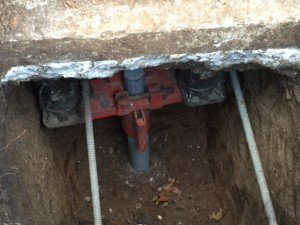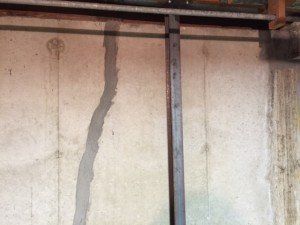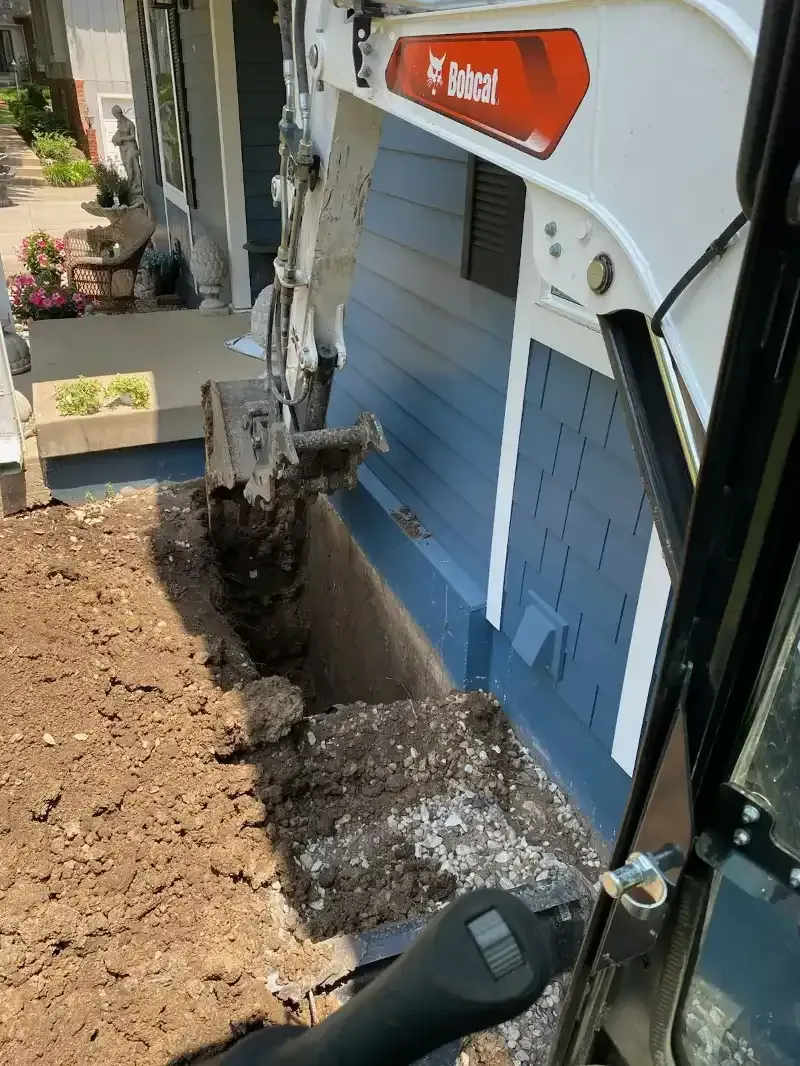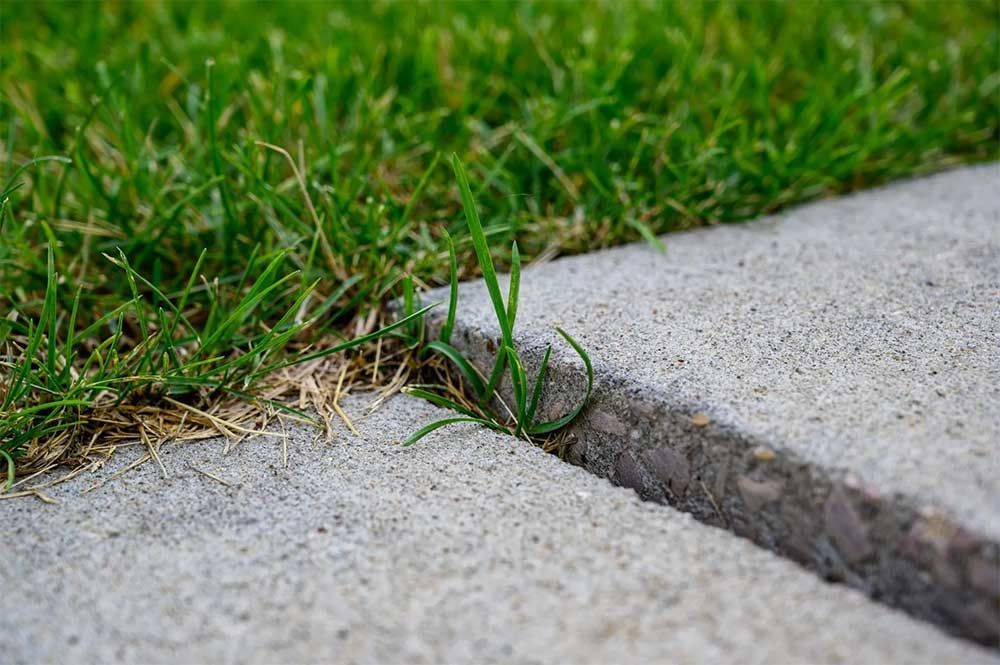When owning a home, we oftentimes neglect the first signs of foundation damage for fear of the unknown. For example, we may begin to notice cracking, door gaps, wall gaps, or water leaks on your foundation, but the thought of finding a reputable foundation repair company, and scheduling an estimate seems daunting. Many questions that can fill your mind include... How much will this cost me? Is there more damage than I can even see? How will this impact our resale value? Does insurance cover any of this? However, any issues relating to your foundation shouldn't be avoided, but should be assessed instead by a warranted and licensed foundation repair company.
What is Foundation Repair
What is Foundation Repair?
So, homeowners may ask... just what is foundation repair?
Foundation repair could be a number of things depending on what is happening in the home. The foundation is essentially the bones of the house, so foundation repairs could stem from structural issues, water issues, or a combination of both. In the Midwest home builders typically build “floating foundations” which basically means the house is “floating” in the top layer of the soil profile. As the structure sits in the soil, it can be affected by a number of factors; water of which is the biggest influencer.
Why does water cause such foundation damage requiring repair? One of the biggest reasons for needing foundation repair is when water is actively coming in the home, swelling the soil, or causing erosion which takes away the soil.
Water solutions are a matter of taking water that is going where we do not want it to go, typically into the basement or living area, and taking it somewhere else. The first step is to have proper drainage and downspouts to carry the water away naturally on top of the soil. If it is finding its way into the home, you can seal the foundation from the outside, the inside, or a combination of both depending on the situation. Gravity is the main factor of water movement, and if there is water that is affecting the home in the basement, the only way to move it is to have gravity take it away, or if that is not possible, move it with mechanical advantage, or a pump. Here in the Midwest we don’t see too many slow moving rain storms that soak over a long period of time. It tends to be more of an aggressive rate during a thunderstorm so you need to make sure any repair or pump used can handle the higher rate.
Structural repairs typically fall into two main categories:
- Vertical settlement
- Horizontal wall movement
Vertical settlement can happen in a number of ways. The entire home can settle as one unit, and not show much damage throughout the home. If the settlement is slight, and does not affect the utilities and connections into the home, it is a pretty livable situation. The house just squatted into place after construction. A majority of homes have this happen and most homeowners never know, or need to do anything about it.
The house could settle as one unit, and tip one direction. This typically shows a drop on one side of the house, and a rise in the opposite. There is not much damage to the structure but can have tilted floors, or bad connections of utilities or entry ways into the house.
There is also another type of settlement where one side of the house stays stationary, and another section drops. This type of settlement is where you have the cracks in the walls, doors and windows are hard to open, and large cracks can form in the floor.
All of these types of settlement are typically repaired by installing Vertical Piles, or Piers. These piers are installed underneath the footing of the foundation, and driven through the active soil layers, to an area of load bearing strata, sometimes referred to as bedrock. This point of refusal allows the load of the house to be transferred through the foundation, through the footings, onto the piers, which then transfers the load to the load bearing strata.
The type of pier, placement, spacing, and installation method depends on the type of settlement, type of structure, and layout of the home.
Horizontal wall movement typically occurs when there is excess moisture that is allowed to sit near the home, and swell the soil next to the foundation wall. This horizontal hydraulic pressure can increase over time, as the wall moves inwards and allows for more soil to continue to move. Adding additional bracing to strengthen the wall is the most common type of repair. These types of braces need to be installed correctly, and spaced appropriately for the wall type and length. Once the wall is moved too far inward, typically about 2 inches depending on the wall construction type, and length of wall, bracing no longer is an effective repair. These walls need to be excavated to allow the wall to be moved back into place, before being braced to prevent further movement of the weakened wall material. These types of repairs are typically done in addition to waterproofing or water management solutions, to help take care of the main problem that caused the condition to occur.
This article, What is Foundation Repair, should have answered some of your foundation repair questions and concerns to ensure you are ready and equipped to discuss options with a reputable foundation repair company. Should you need any assistance, PierMagic Foundation Specialists is located in Grandview, MO, but services the greater Kansas City area, including Lee's Summit, Overland Park, Liberty, Lenexa, and Brookside. Please reach out at anytime - (816) 765-4800.





